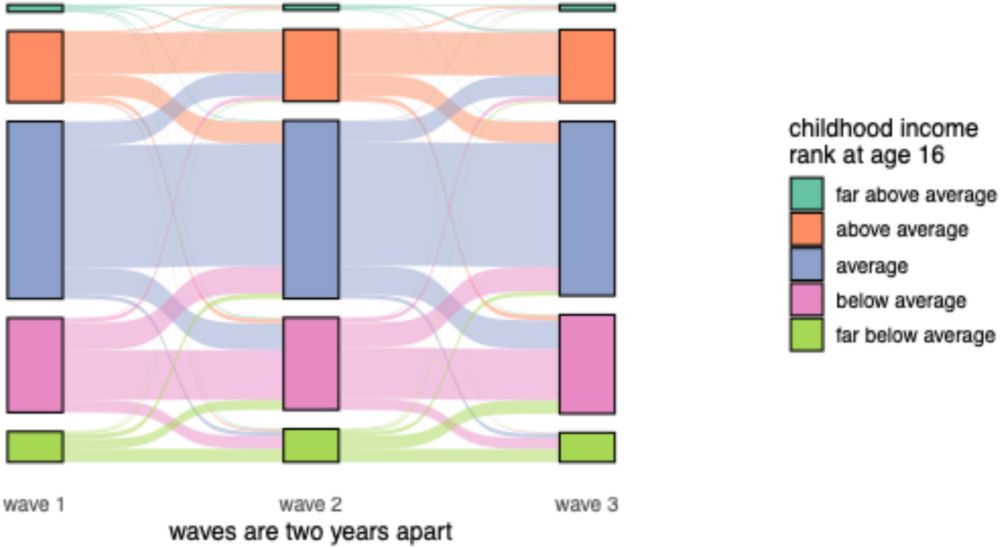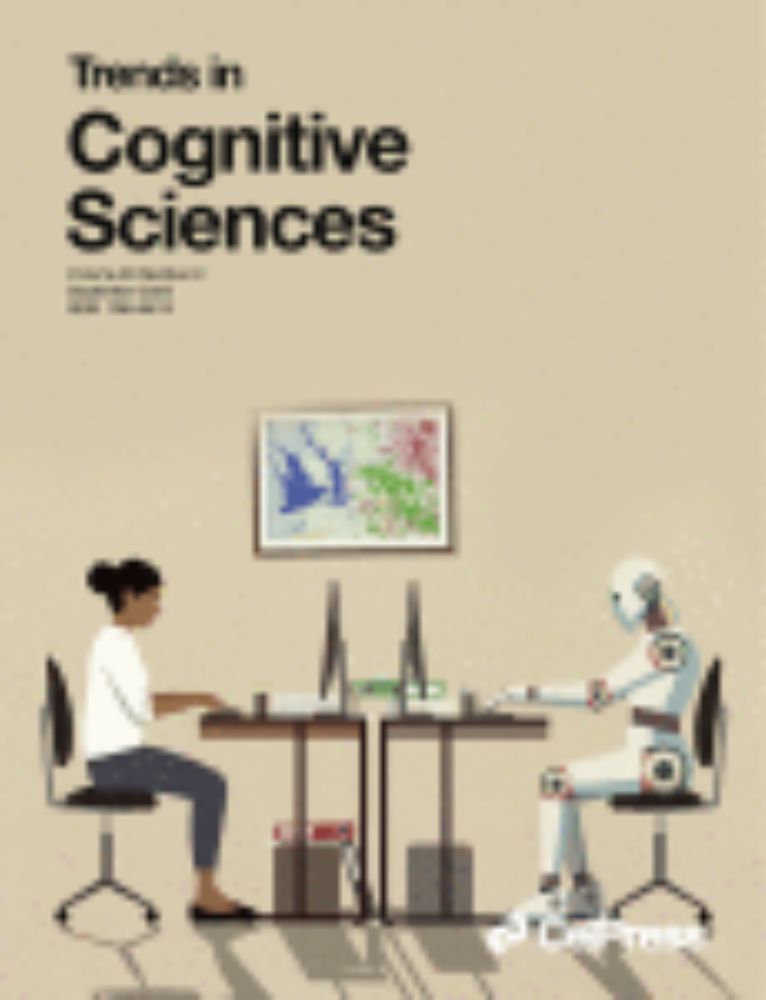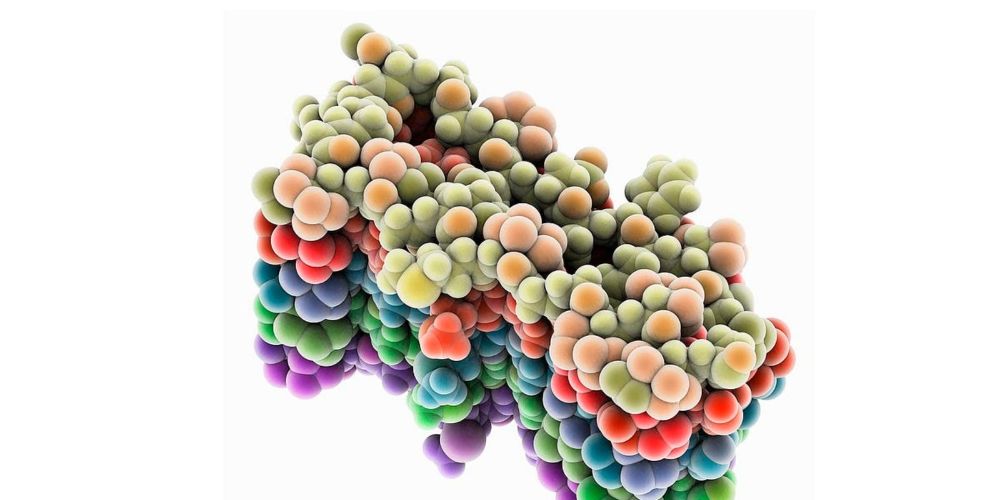Matt Euler
@matteuler.bsky.social
700 followers
370 following
41 posts
Clinical neuropsychologist and EEG researcher, studying relations between neural dynamics and cognitive ability, and possible translational applications. Just science in this feed. #EEG #neuropsychology #neuroscience
Posts
Media
Videos
Starter Packs
Pinned
Reposted by Matt Euler
Reposted by Matt Euler
Reposted by Matt Euler
Alex Williams
@itsneuronal.bsky.social
· Jul 31
Reposted by Matt Euler
Reposted by Matt Euler
Reposted by Matt Euler
Reposted by Matt Euler
Reposted by Matt Euler
Reposted by Matt Euler
Reposted by Matt Euler
Reposted by Matt Euler
Reposted by Matt Euler
Matt Euler
@matteuler.bsky.social
· Sep 13
Reposted by Matt Euler
Reposted by Matt Euler
Reposted by Matt Euler
Reposted by Matt Euler
Reposted by Matt Euler
Jin Ke
@jinke.bsky.social
· Aug 20

Ongoing thoughts at rest reflect functional brain organization and behavior
Resting-state functional connectivity (rsFC)-brain connectivity observed when people rest with no external tasks-predicts individual differences in behavior. Yet, rest is not idle; it involves streams...
www.biorxiv.org
Reposted by Matt Euler
Yuri Pavlov
@ugpavlov.bsky.social
· Aug 20
Reposted by Matt Euler















